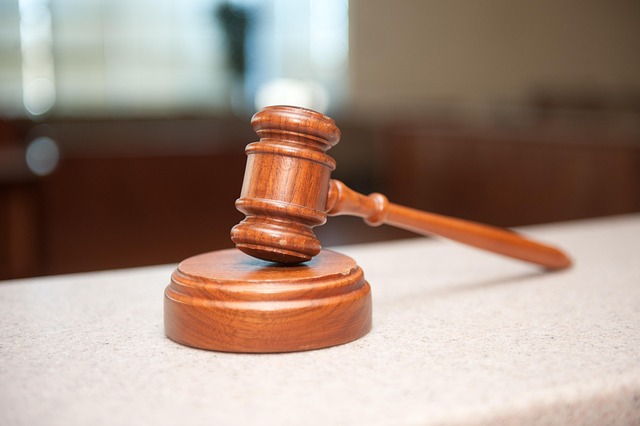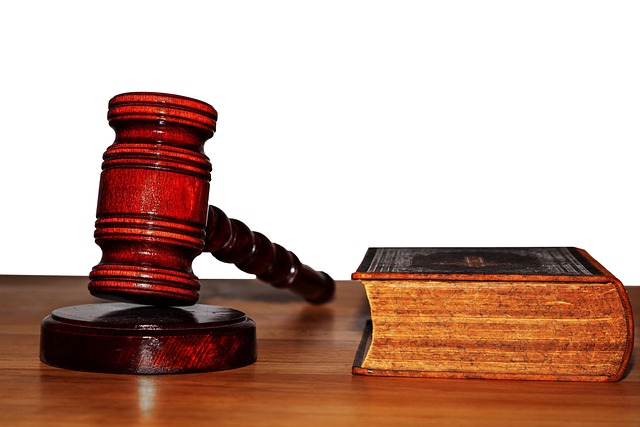Understanding different litigation types is essential for navigating the legal system, with each having unique characteristics and timelines. This text focuses on libel cases, where reputation damage from false or malicious statements is addressed. The Statute of Limitations for Libel Cases, varying by jurisdiction (typically one to two years), sets a time frame for taking legal action after publication. Other litigation types include criminal defense, philanthropy, and politics, requiring specialized knowledge. Adhering to the Statute of Limitations is crucial for fair trials, responsible justice, and maintaining legal process integrity. Legal strategists use tactics like evidence documentation, strategic filing, and leveraging loopholes to manage complex timelines and achieve favorable outcomes.
Litigation comes in various forms, each with its own nuances and legal complexities. Understanding different types of litigation is crucial for both plaintiffs and defendants navigating legal disputes. This article delves into two critical areas: the intricacies of libel cases and the impact of the Statute of Limitations on these proceedings. By exploring these aspects, we aim to equip readers with insights into managing legal timelines effectively, including strategies to overcome potential pitfalls like the Statute of Limitations for Libel Cases.
- Understanding Different Types of Litigation
- The Role of the Statute of Limitations in Libel Cases
- Navigating Legal Timeframes: Implications and Strategies
Understanding Different Types of Litigation

Understanding different types of litigation is crucial for anyone navigating the legal landscape, as each has its own nuances, timelines, and potential outcomes. One such category is libel cases, which involve harm to reputation through false or malicious statements. The Statute of Limitations for Libel Cases plays a significant role in these proceedings, dictating the time frame within which legal action must be taken after the original publication. This varies by jurisdiction but generally ranges from one to two years.
Beyond libel, there’s a wide array of litigation types catering to various needs, including general criminal defense strategies for both corporate and individual clients, as well as matters affecting philanthropic and political communities. Each requires specialized knowledge and tactics, reflecting the diverse nature of legal challenges in today’s complex society.
The Role of the Statute of Limitations in Libel Cases

The Statute of Limitations plays a pivotal role in libel cases, acting as a crucial defense mechanism for individuals and entities accused of libelous statements. This legal concept establishes a time frame within which legal proceedings must be initiated after the alleged defamatory act has occurred. In the context of libel, the specific time limit varies across jurisdictions but generally ranges from one to two years. Complying with the Statute of Limitations is essential for both plaintiffs and defendants; failure to do so can lead to the complete dismissal of all charges.
Knowing and respecting the Statute of Limitations in libel cases is vital for avoiding indictment and ensuring a fair trial. Plaintiffs must file their claims within the specified period, providing clear evidence of the defamatory nature of the statements made. Defendants, on the other hand, can use the Statute as a defense, arguing that the delay in filing indicates a lack of genuine harm or interest in pursuing the case. This balance ensures that respective businesses are protected while maintaining the integrity of the legal process, fostering a responsible and timely pursuit of justice.
Navigating Legal Timeframes: Implications and Strategies

Navigating legal timelines is a crucial aspect of litigation strategy. Each type of case has its own set of deadlines and statutes that govern the process. For instance, the Statute of Limitations for Libel Cases sets a specific time frame within which legal action must be taken after an alleged libelous incident. Across the country, these laws vary, demanding close attention from legal professionals. Failure to adhere to these timelines can result in a case being dismissed, significantly hindering a plaintiff’s or defendant’s chances for winning challenging defense verdicts for his clients.
Strategists often employ creative approaches to manage these deadlines. This may involve thorough documentation and preservation of evidence, tactical filing of lawsuits within the statute’s window, or exploring legal loopholes that could extend timelines. These strategies ensure that legal teams can effectively defend or prosecute cases, aiming for favorable outcomes while respecting the complex web of legal timeframes.
In understanding different litigation types, particularly focusing on libel cases, it’s crucial to grasp the impact of the Statute of Limitations for Libel Cases. Navigating legal timeframes is not merely about adhering to rules; it’s a strategic move to ensure justice and fairness. By recognizing the significance of these legal frameworks, individuals and businesses can better protect their rights and manage potential liabilities. Effective strategies involve staying informed about relevant legal deadlines, seeking professional advice when needed, and promptly addressing allegations to mitigate risks associated with libel claims.






